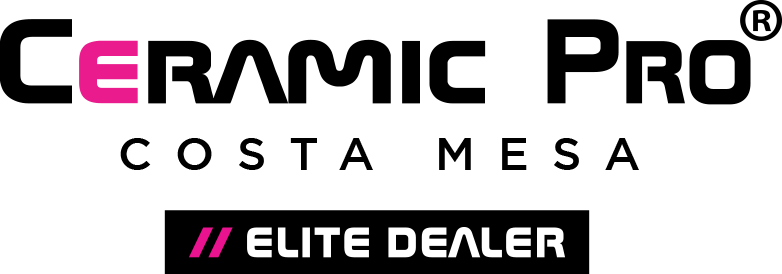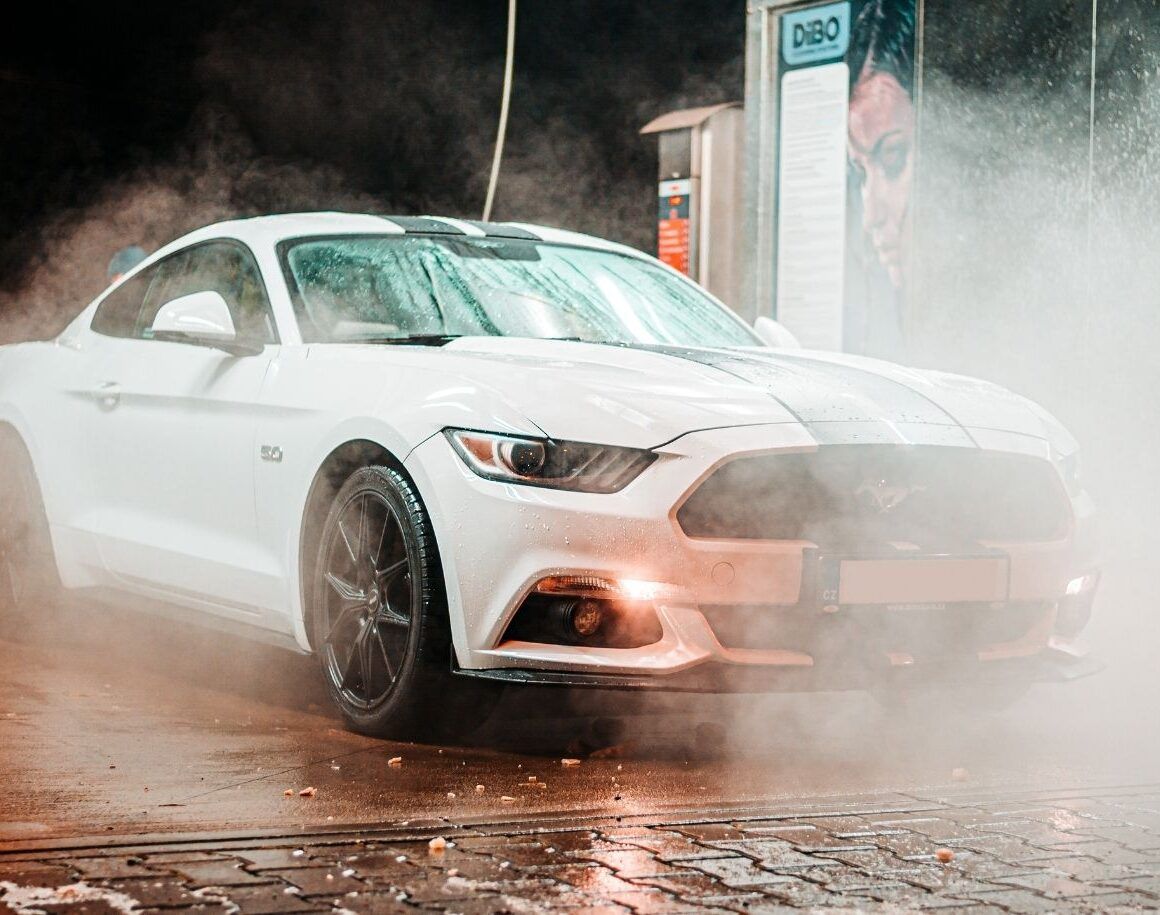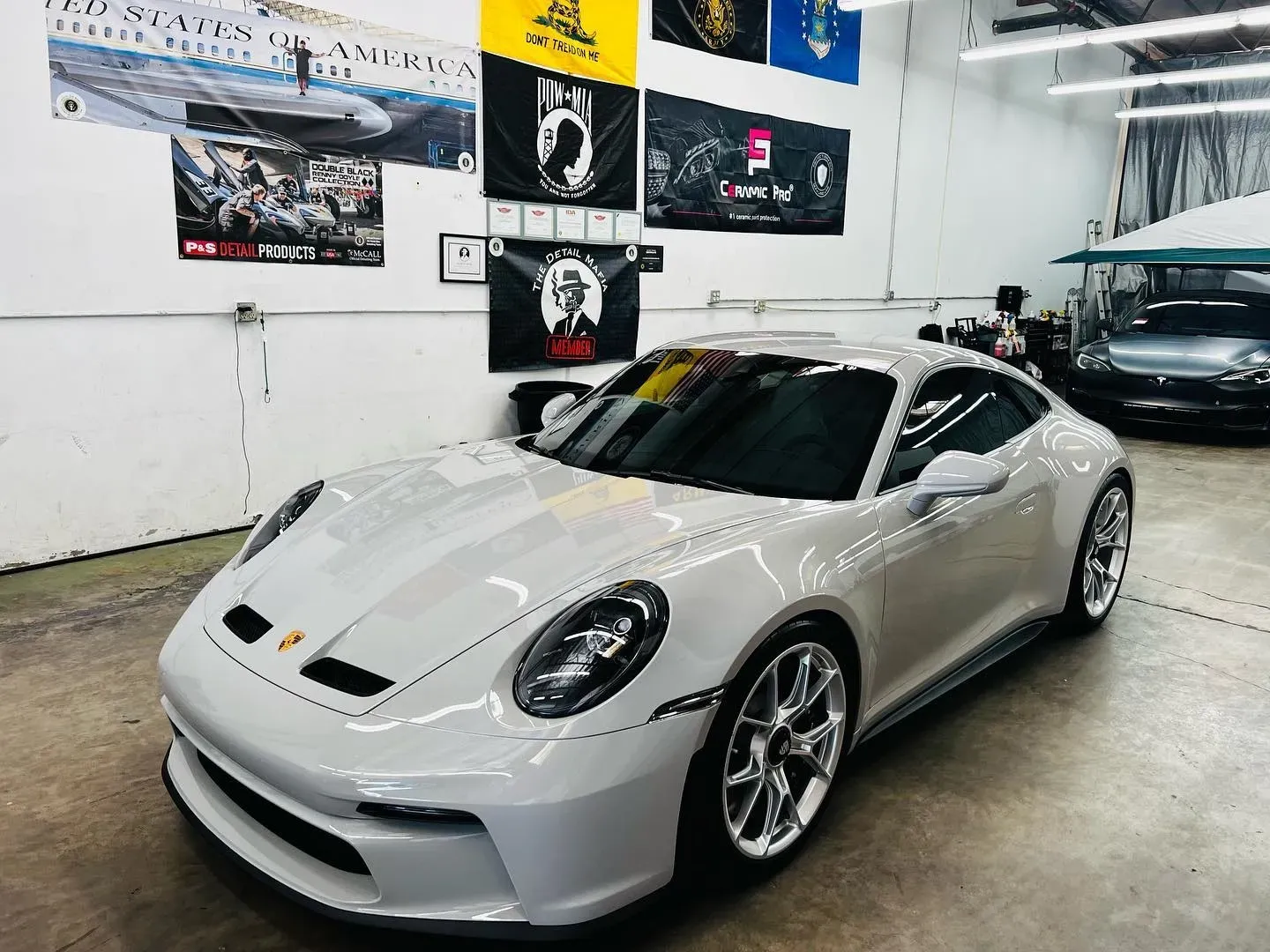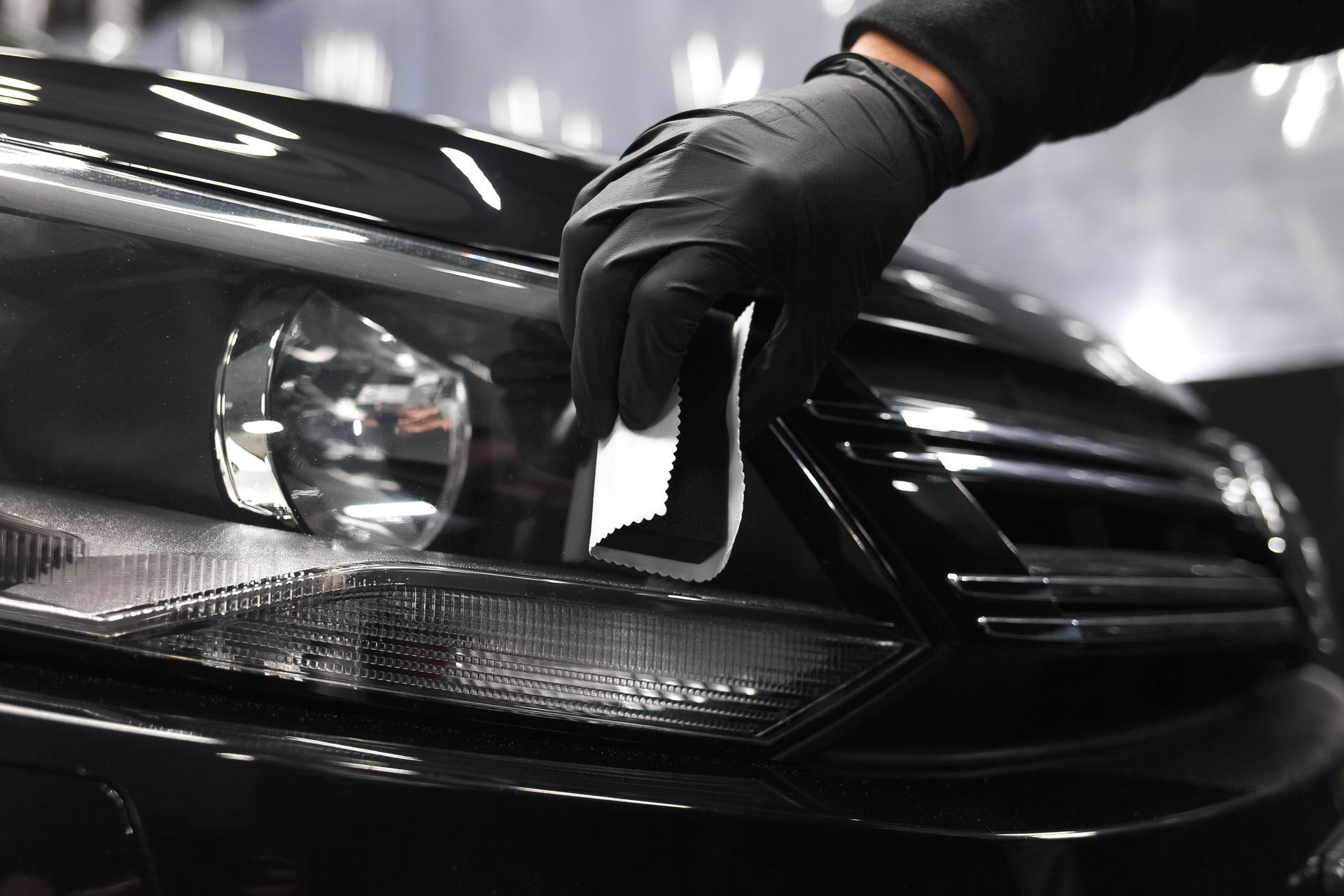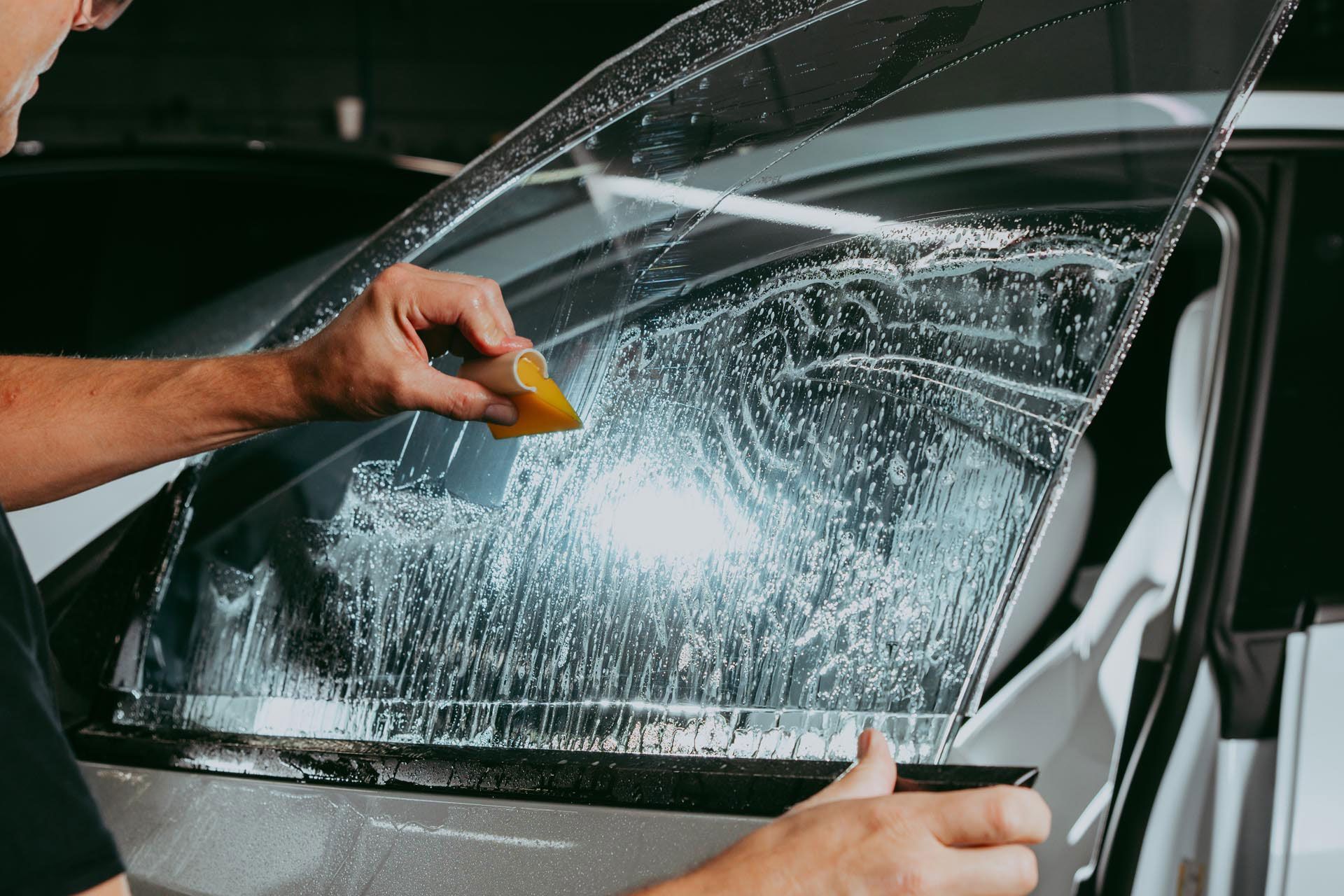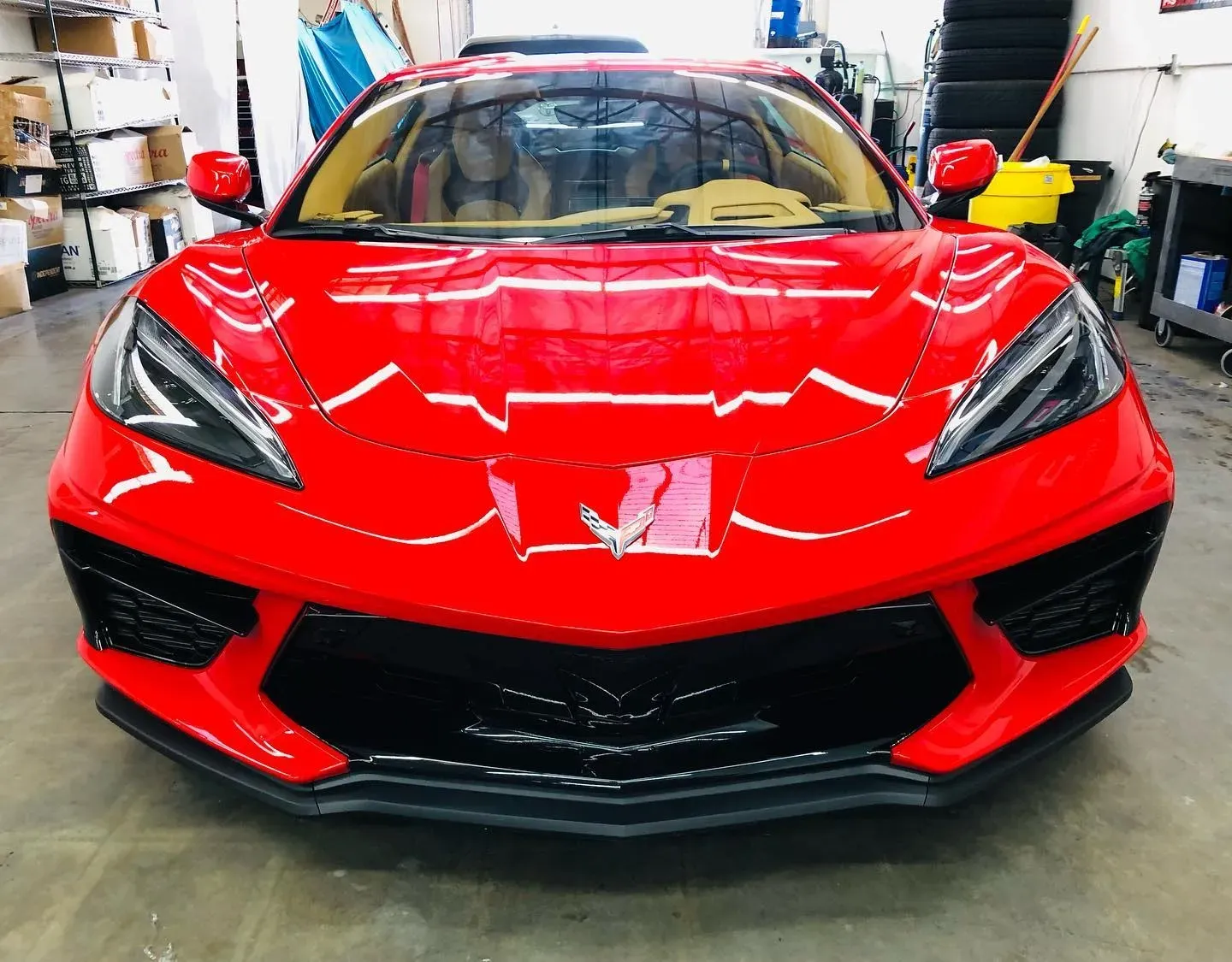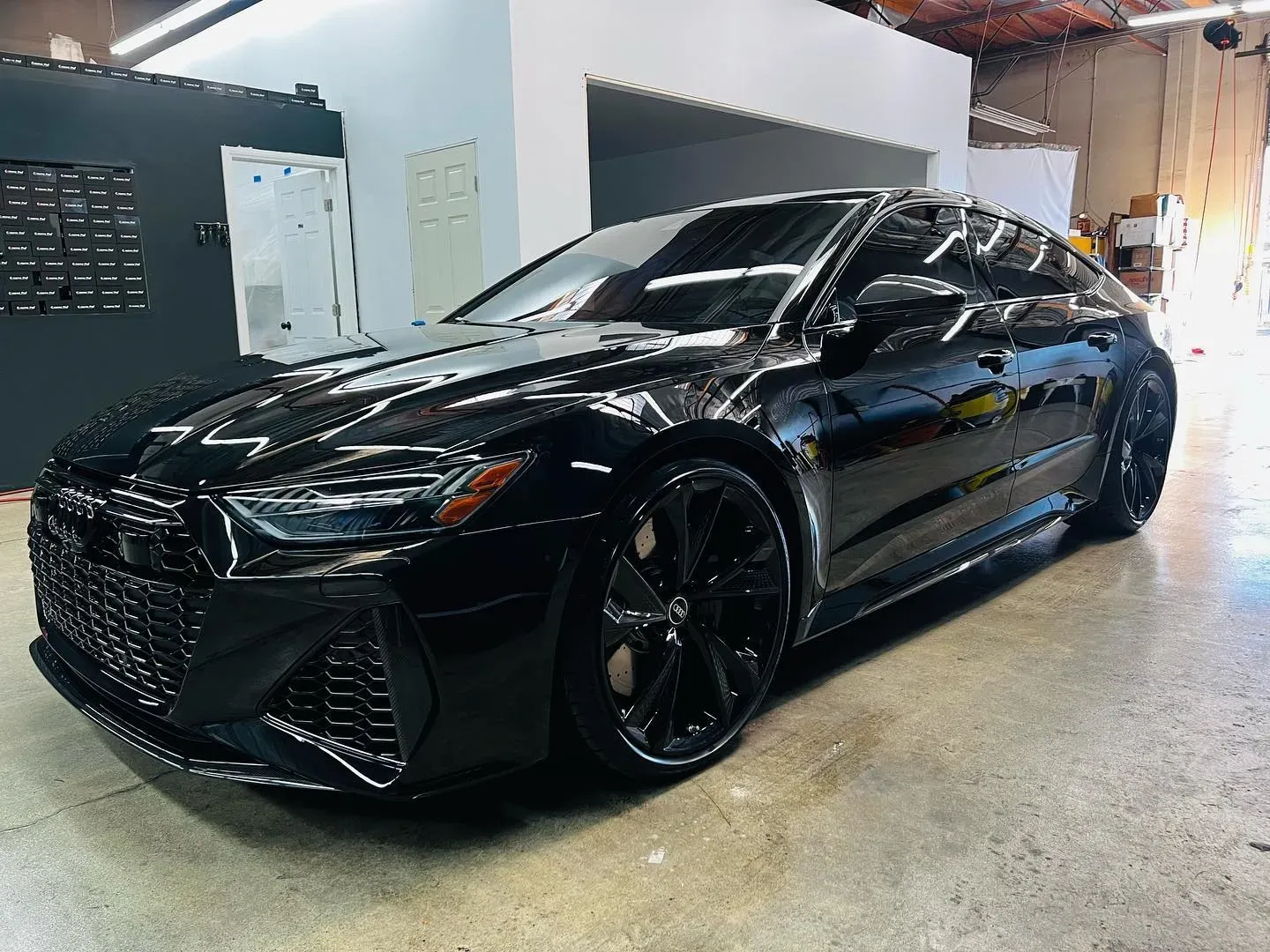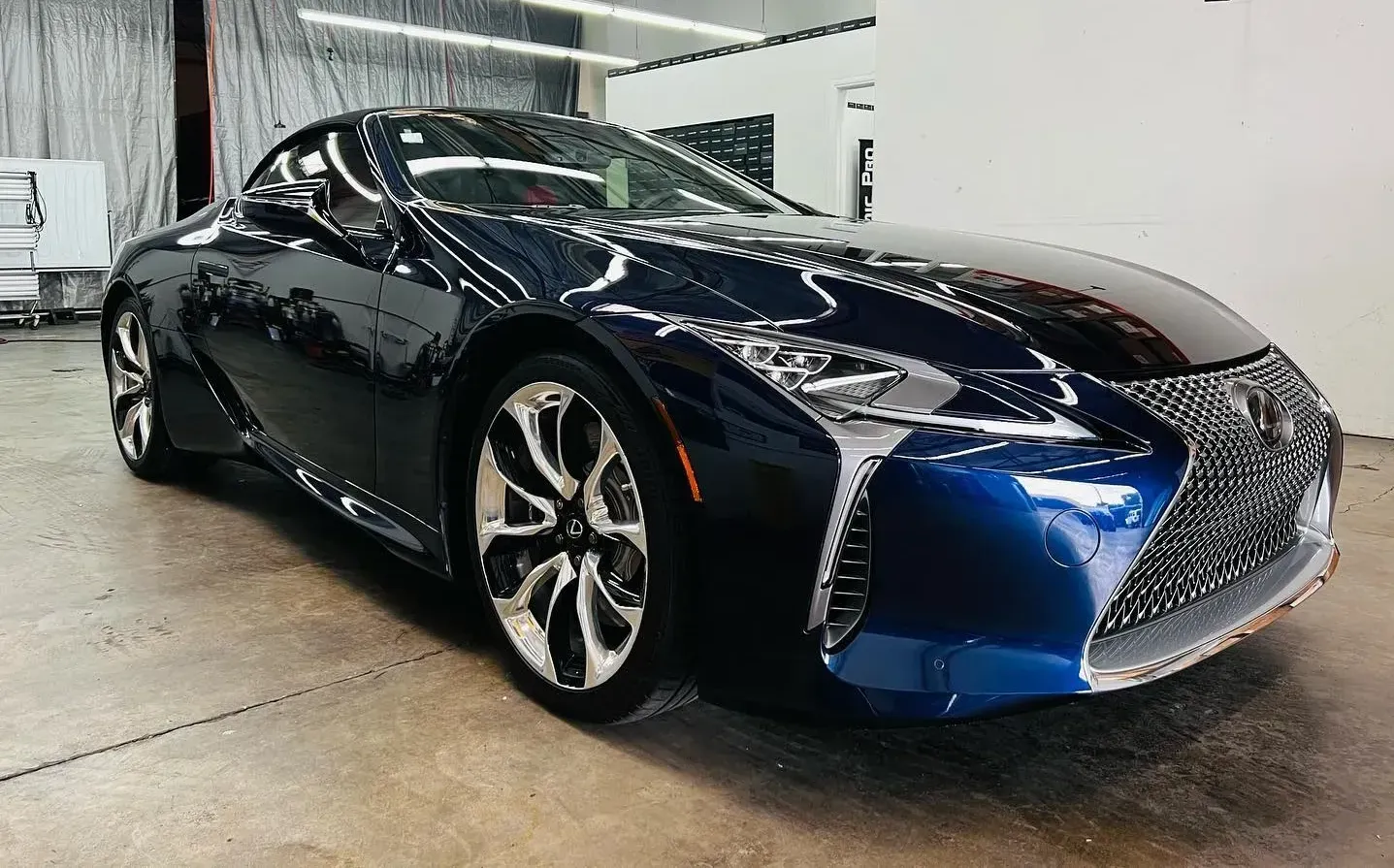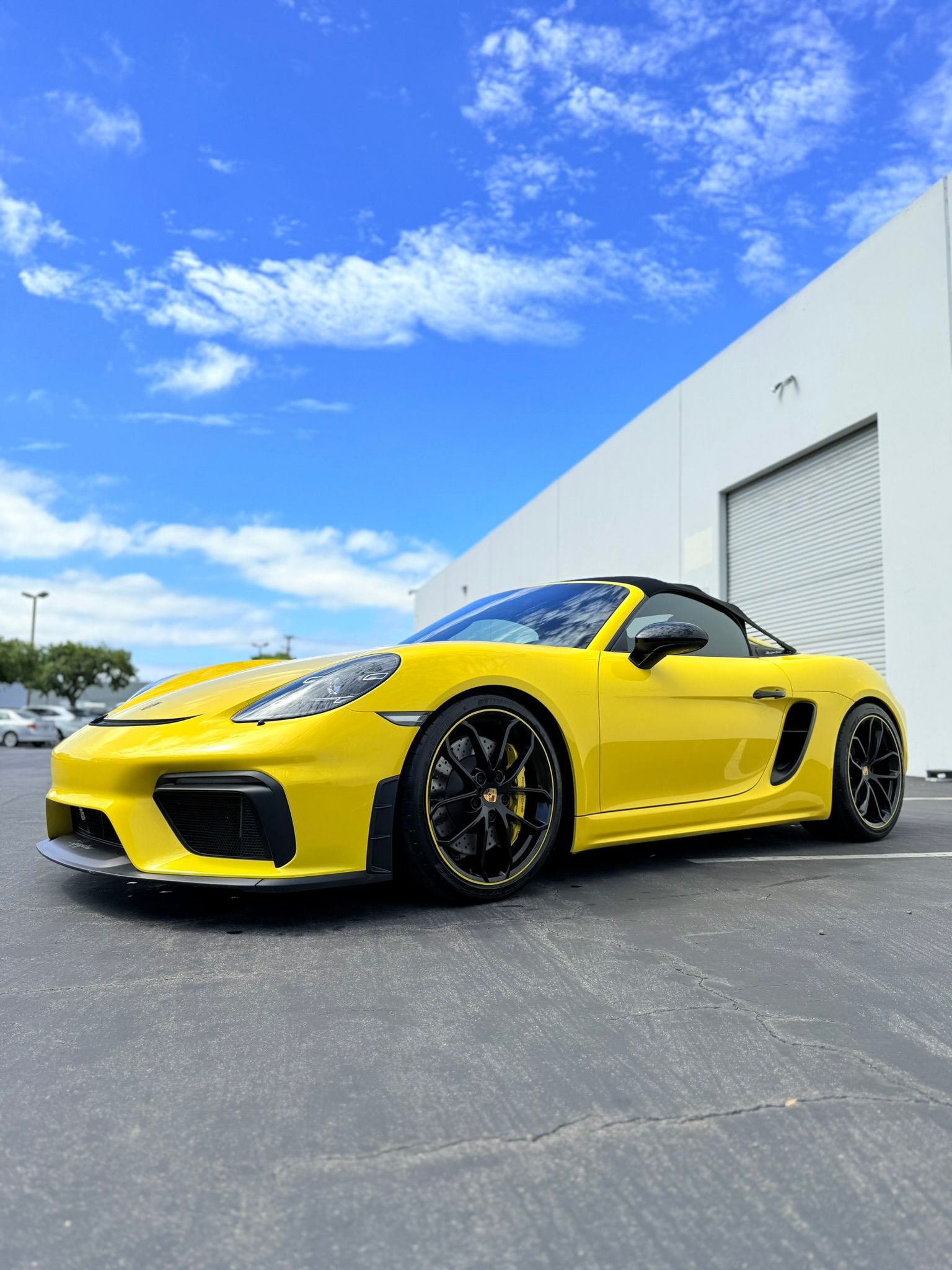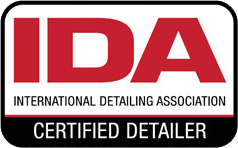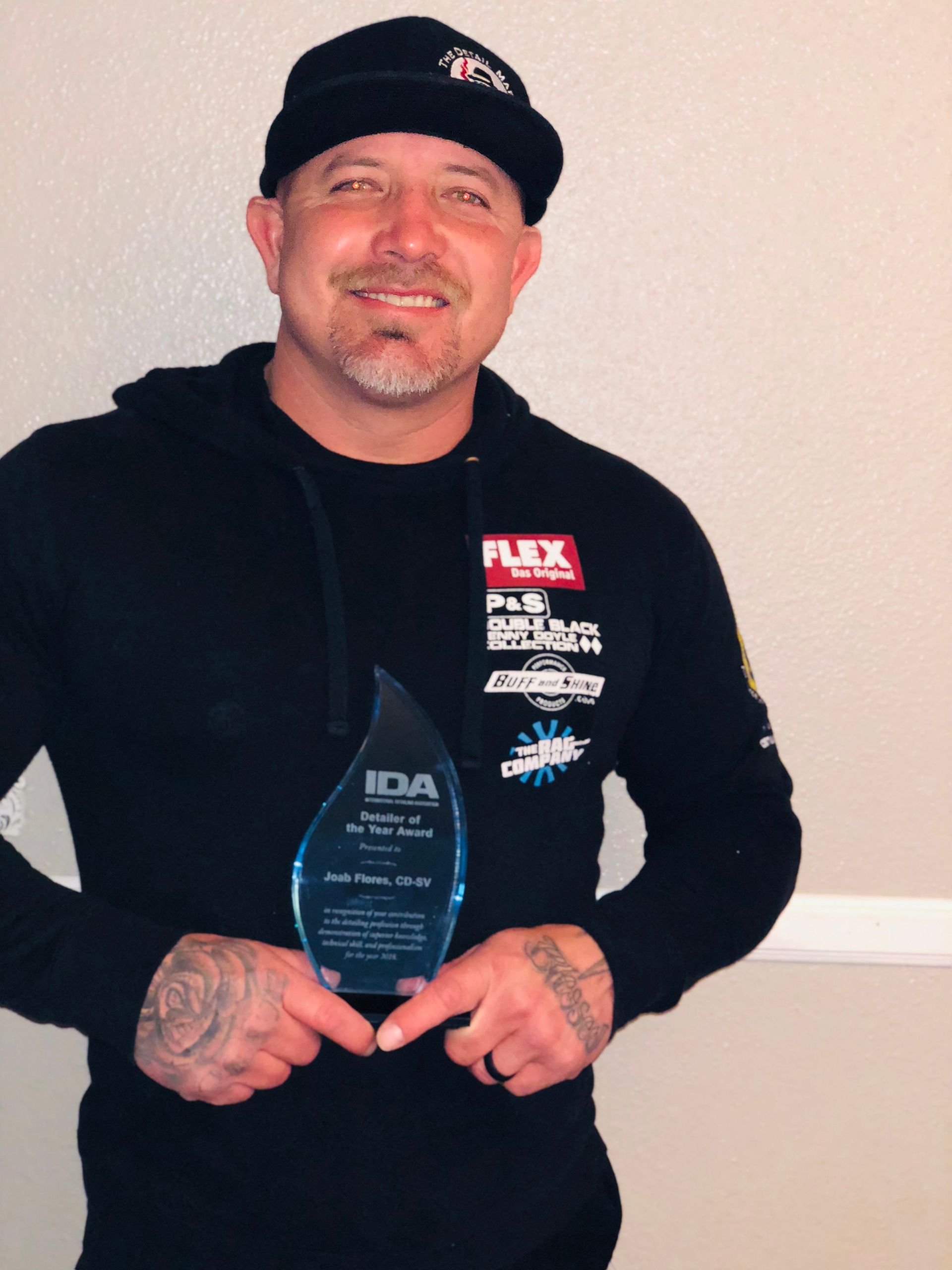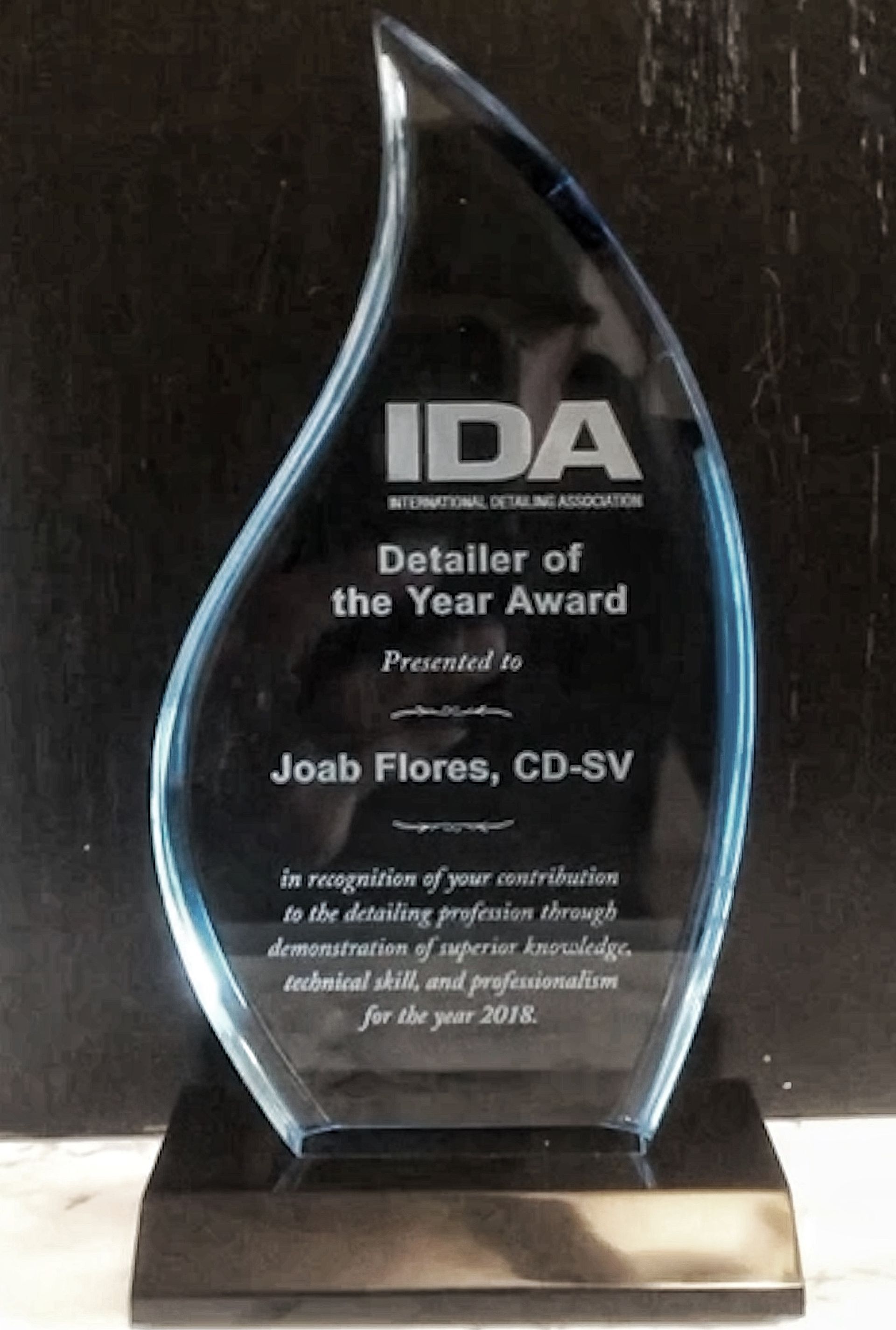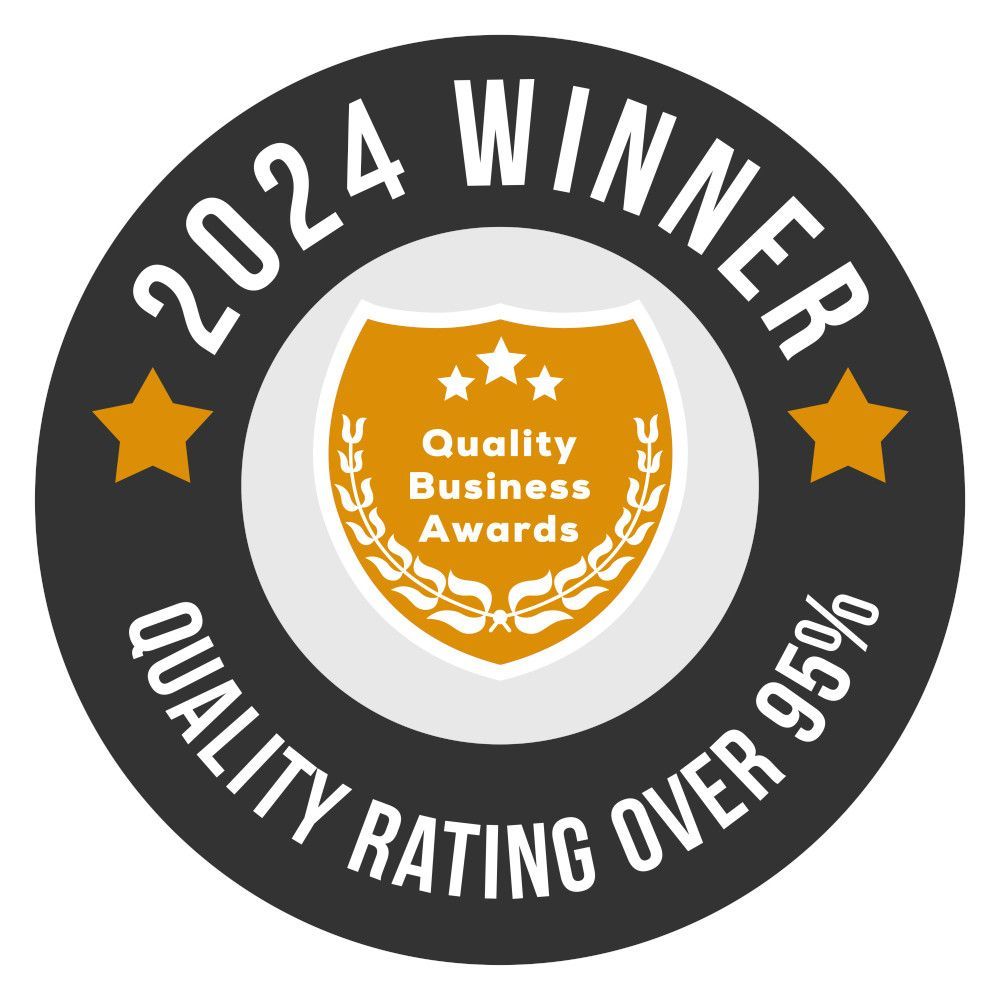Ceramic Coating Curing: The Key to Lasting Performance in Costa Mesa, CA
When you invest in ceramic coating, you expect more than just a glossy finish—you want lasting protection and long-term performance for your vehicle. While ceramic coatings are renowned for their durability, shine, and resistance to environmental damage, one critical factor often gets overlooked: curing.
Curing is the process that allows a ceramic coating to fully harden, bond with your vehicle’s paint, and develop the resilience it’s known for. In Costa Mesa and throughout Orange County, where vehicles face a mix of coastal humidity, salt air, strong sun, and unpredictable weather, curing is even more vital. Without proper curing, a ceramic coating can fail to deliver its full potential, leaving the finish vulnerable to dulling, premature wear, and trapped contaminants.
This guide explains how ceramic coatings cure, why the process matters, what conditions to maintain, and how to ensure optimal results in our unique Southern California climate.
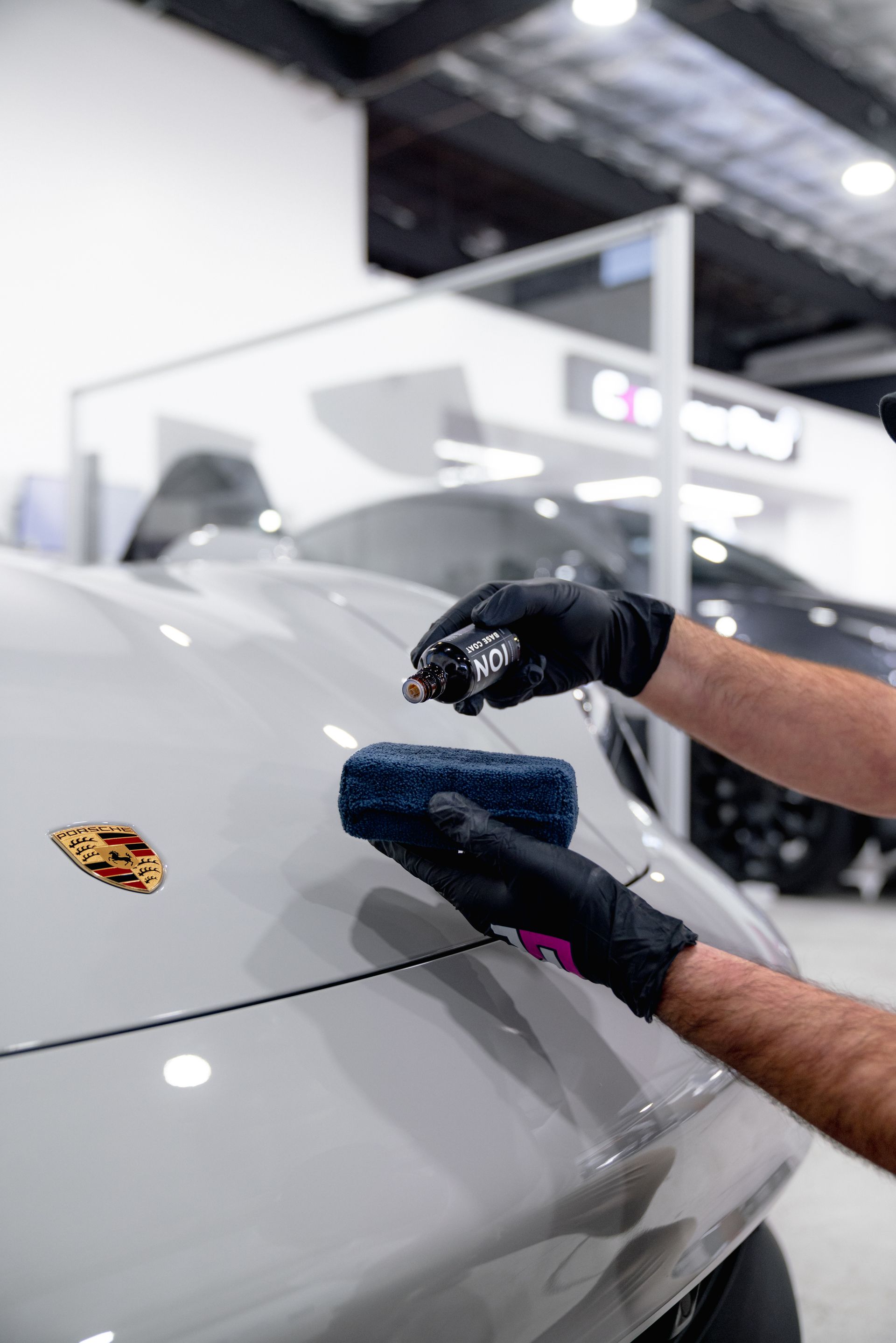
Why Curing Matters
Curing is not just about drying—it is a chemical transformation. Once applied, a ceramic coating undergoes solvent evaporation followed by cross-linking, where molecules bond tightly with the vehicle’s paint. This creates a protective barrier that repels water, resists oxidation, and maintains a high-gloss appearance.
If curing is rushed or neglected, the coating may remain weak or inconsistent. Instead of the rich, mirror-like finish you envisioned, the result could be uneven gloss, reduced hydrophobicity, and a surface that doesn’t stand up to daily driving conditions. In short, curing is the bridge between application and long-term success.
The Two Phases of Curing
Phase I: Solvent Evaporation (0–48 Hours)
The first stage begins immediately after application. Solvents within the coating start to evaporate, initiating the bond between coating and paint. This stage is delicate and requires patience. Vehicles should be kept indoors or under covered shelter to prevent moisture, dust, or debris from interfering.
Think of it like baking—removing a cake from the oven too soon leaves the center unfinished. In the same way, if a ceramic coating is exposed to water, contaminants, or direct sun too early, its ability to bond fully will be compromised.
During this time:
- Keep the car completely dry.
- Avoid driving to prevent exposure to the elements.
- Do not touch or wipe the surface.
Phase II: Cross-Linking (Days 3–14+)
Once solvents have evaporated, the second stage begins. Cross-linking is the true hardening process, where molecules form a dense, resilient network. This stage can take one to two weeks, depending on product formulation and environmental conditions.
Although the coating may feel dry to the touch within a day, it is not fully cured. During this time, avoid washing the vehicle, parking under trees, or leaving it exposed to rain. By the end of this stage, the coating reaches maximum hardness and durability, locking in gloss and long-term protection.
Conditions That Affect Curing
Curing is influenced by several environmental factors. Controlling these variables is the difference between a flawless finish and disappointing results.
Temperature
Ceramic coatings cure best within a stable temperature range. Most manufacturers recommend around 68–77°F (20–25°C). Too much heat can cause the coating to dry too quickly, creating a brittle finish. Too cold, and the process slows down, leaving the bond incomplete.
In Orange County, where temperatures can swing between warm afternoons and cooler evenings, maintaining indoor curing conditions is ideal.
Humidity
Moderate humidity supports even curing, but extremes should be avoided. The sweet spot is usually between 40–60% relative humidity. High humidity prolongs curing times and risks moisture interfering with solvent evaporation, while extremely low humidity may cause uneven drying.
Costa Mesa’s coastal environment often brings morning marine layers, making indoor climate control particularly valuable.
Air Quality
Dust, pollen, and airborne contaminants are enemies of a curing ceramic coating. If particles land on the surface during curing, they can become sealed under the coating, marring the finish. Working in a clean, dust-free space is essential. Air purifiers and sealed garages are excellent precautions.
Coating Thickness
More is not always better. Applying a thick layer of ceramic coating can extend curing time and risk uneven results. Professional detailers typically apply thin, even layers, sometimes building up with multiple coats. This ensures smoother bonding and a uniform finish.
Product Formulation
Different ceramic coatings come with their own curing requirements. High-performance coatings, such as Ceramic Pro Elite, often have detailed instructions for temperature, humidity, and timeline. Following manufacturer specifications is essential for ensuring the product performs as designed.
Common Problems from Improper Curing
When curing is not handled properly, issues can appear quickly and compromise the investment.
One of the most common outcomes is oxidation. A coating that has not fully bonded will fail to protect paint against oxygen and environmental exposure, resulting in a dull surface that lacks vibrancy.
Another frequent issue is contamination. Dust, pollen, or water spots that land on the surface during curing can become locked beneath the coating. These imperfections not only affect aesthetics but can also reduce hydrophobic performance and long-term durability.
Some vehicles with improperly cured coatings experience reduced longevity, with protective qualities deteriorating much sooner than expected. Instead of years of protection, performance may weaken within months, requiring reapplication or additional corrective work.
Professional Techniques to Enhance Curing
Professional detailers use specialized tools and methods to ensure consistent curing and long-term success.
One of the most effective tools is the use of infrared (IR) curing lamps. These lamps apply controlled heat directly to the coated surface, accelerating solvent evaporation and promoting strong cross-linking. This method is especially valuable in cooler or humid environments, where natural curing may be inconsistent.
Indoor curing bays are another best practice. A clean, climate-controlled environment ensures that temperature, humidity, and air quality remain stable throughout the curing process. Some professionals even build controlled enclosures to shield vehicles from dust and airflow disturbances.
Air circulation also plays a role. Gentle air movement around the vehicle helps solvents evaporate evenly, reducing streaks or surface inconsistencies.
By combining these methods, professional detailers deliver not only a flawless finish but also peace of mind that the coating will perform as promised.
Recommended Curing Timeline
While specifics vary by product, a general guideline for Costa Mesa vehicle owners looks like this:
- Day 0–2: Keep the car indoors and completely dry. Avoid driving, rain, or touching the surface.
- Days 3–7: Light driving may be possible, but still avoid washing or exposure to trees, sprinklers, or dust-heavy areas.
- Day 7–14: The coating continues to harden. At this stage, most systems reach near-full strength, though some require up to three weeks. Avoid washing until after the manufacturer’s recommended timeline.
- After full cure: Normal use resumes, and maintenance washes or toppers can be applied.
Patience during this period directly determines the longevity and effectiveness of the coating.
Local Considerations for Costa Mesa and Orange County
Vehicles in coastal Southern California face unique challenges. Salt air from the Pacific Ocean accelerates oxidation, while strong UV rays contribute to paint fading. Morning marine layers can increase humidity, and unexpected drizzle is common even on warm days.
Because of these conditions, curing in Orange County requires extra care. Indoor bays, controlled humidity, and IR lamps make a significant difference. A coating that is properly cured in Costa Mesa is better equipped to withstand years of local driving conditions, from commuting on the 405 to cruising along Pacific Coast Highway.
Practical Tips for Vehicle Owners
Even if professionals handle the application and curing, vehicle owners still play a role in protecting the process.
- Park indoors whenever possible during the first two weeks.
- Avoid washing the car, even with gentle rinses, until the cure is complete.
- If unexpected rain occurs, blot water gently rather than wiping.
- Steer clear of dusty areas, construction zones, or tree-heavy parking spots.
- Follow up with the detailer if you notice any irregularities in gloss or hydrophobic behavior.
By following these steps, you support the work your detailing team has done and ensure your coating reaches full performance potential.
The Platinum Plus Difference
At Platinum Plus Detailing in Costa Mesa, we specialize in professional ceramic coating applications tailored to the Orange County climate. As a Ceramic Pro Elite Certified team, we use industry-leading products, infrared curing technology, and climate-controlled indoor bays to guarantee optimal curing conditions.
With over 20 years of experience, we understand the nuances of curing in a coastal environment and provide every vehicle with meticulous care from application to final inspection. Our clients trust us not only for a brilliant finish but for long-term durability that keeps their vehicles looking showroom-ready.
Whether you drive a luxury sedan, a performance sports car, or a family SUV, our curing process ensures that your ceramic coating delivers exactly what it promises: lasting protection, deep gloss, and resilience against the elements of Southern California.
Call Us Today
Ready to protect your investment with a ceramic coating that is applied and cured to perfection? Platinum Plus Detailing in Costa Mesa offers professional-grade service designed for the unique conditions of Orange County.
Call us today at (714) 614-1691 for a free quote, or visit platinumplusmobiledetailing.com to schedule your service. Experience the difference of expert application, controlled curing, and a finish that truly lasts.
